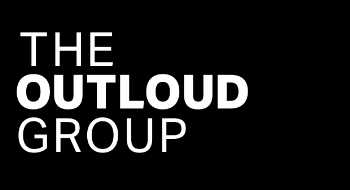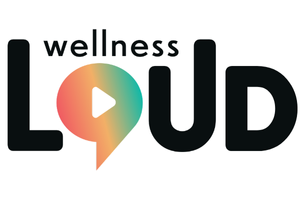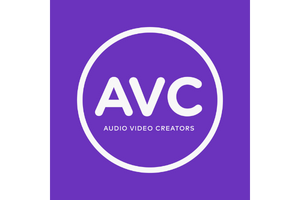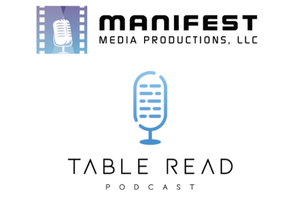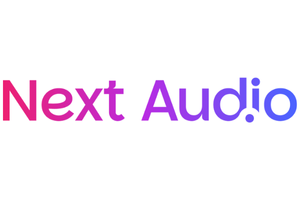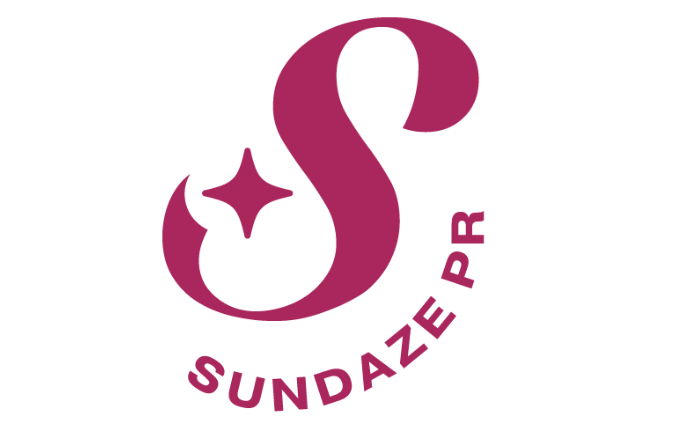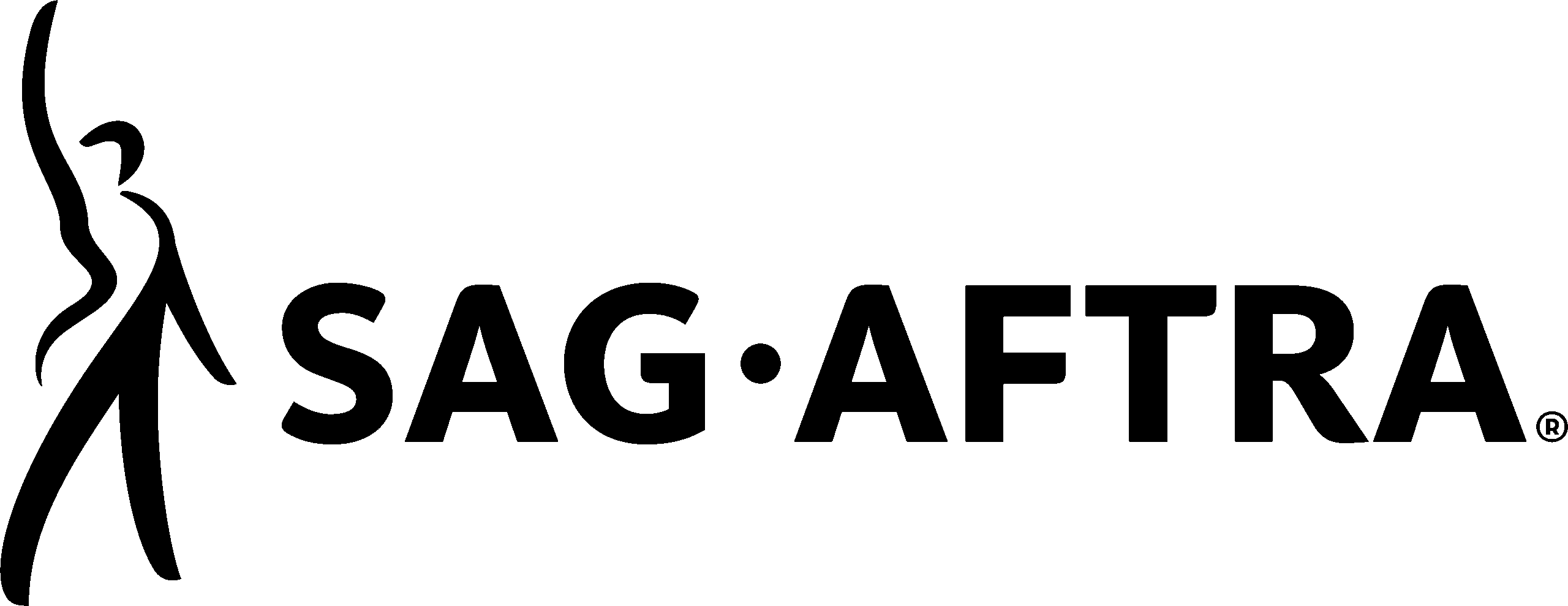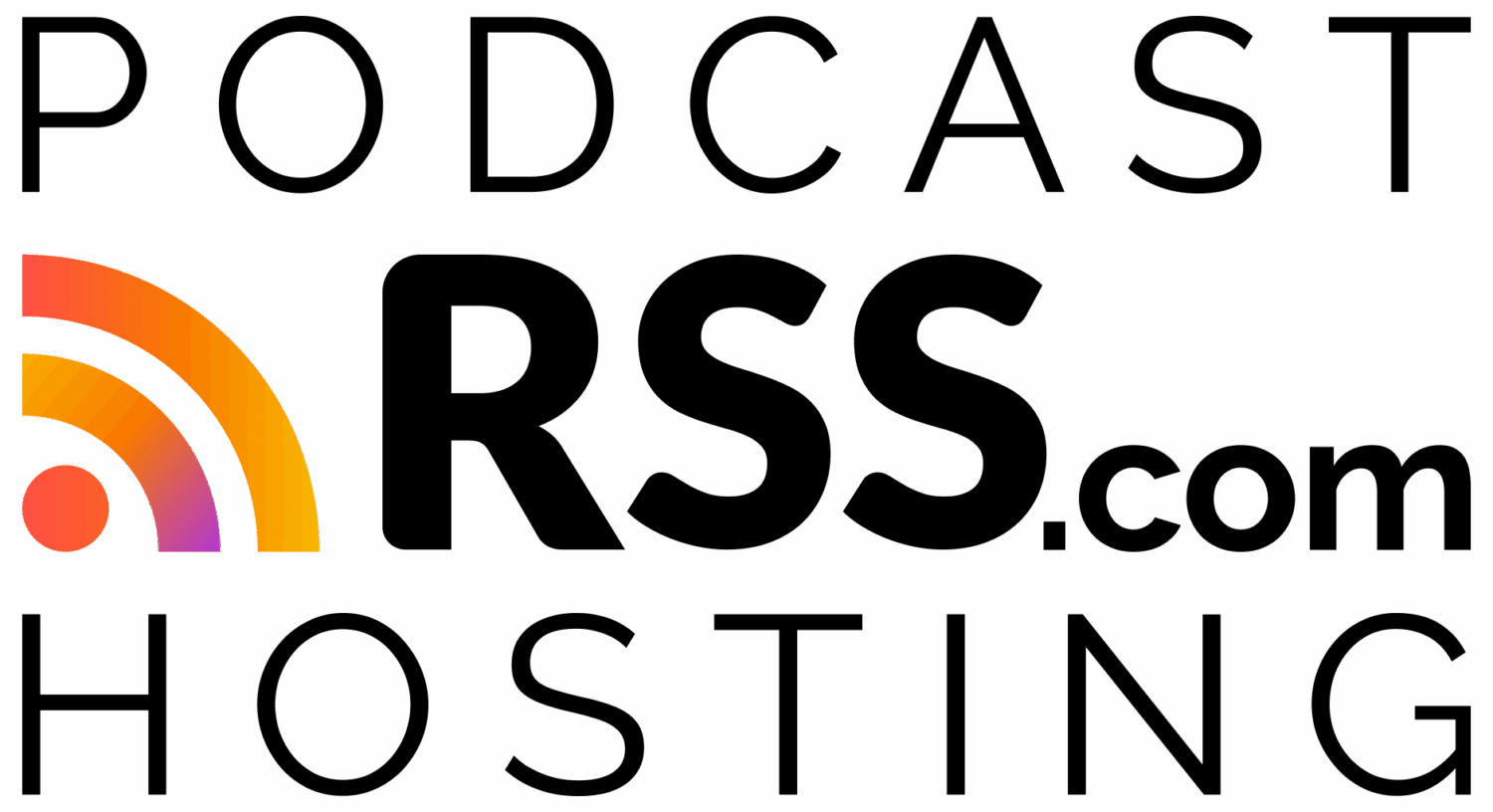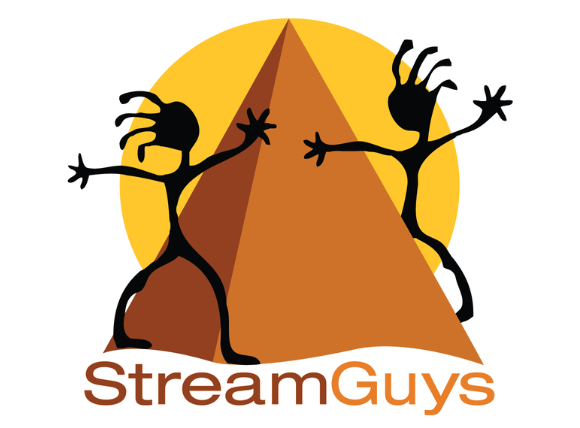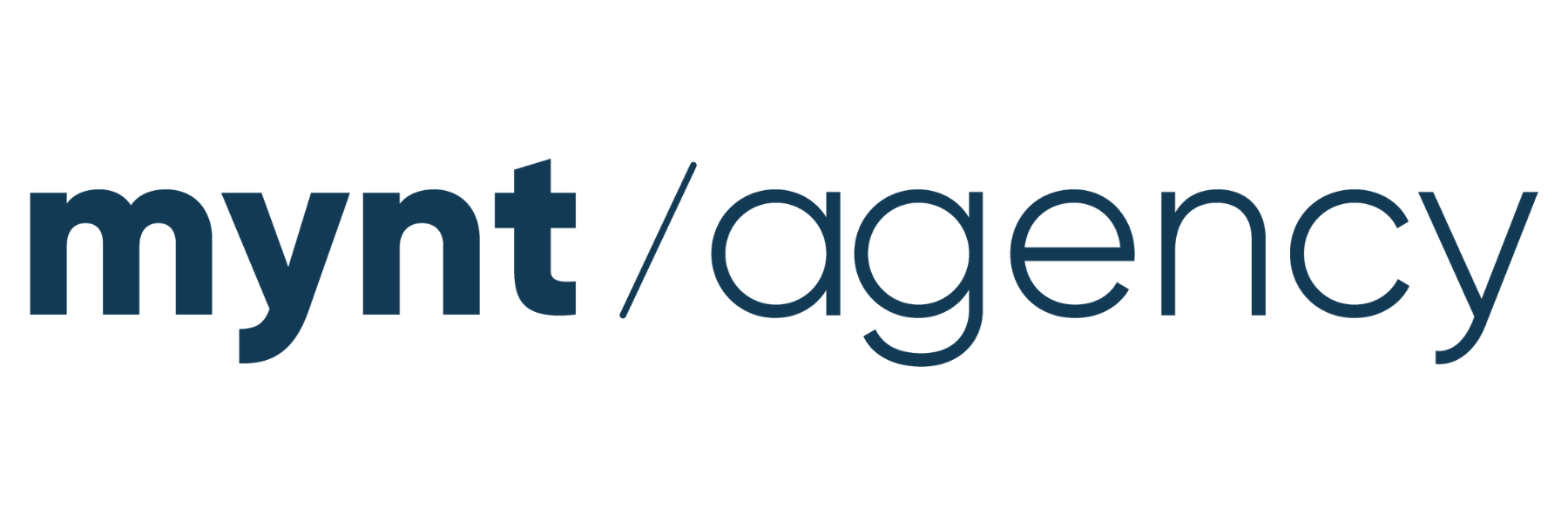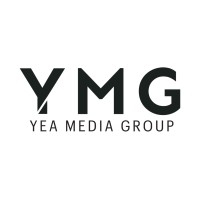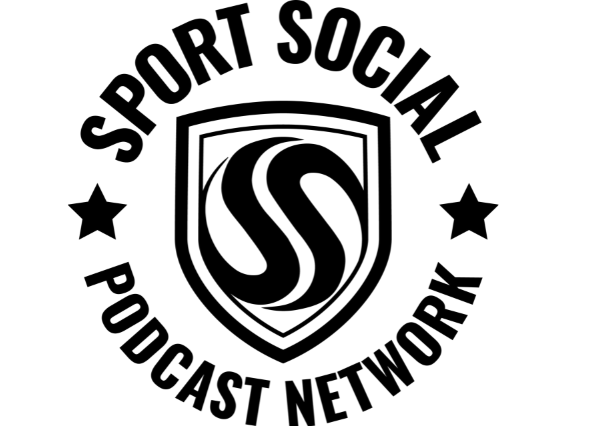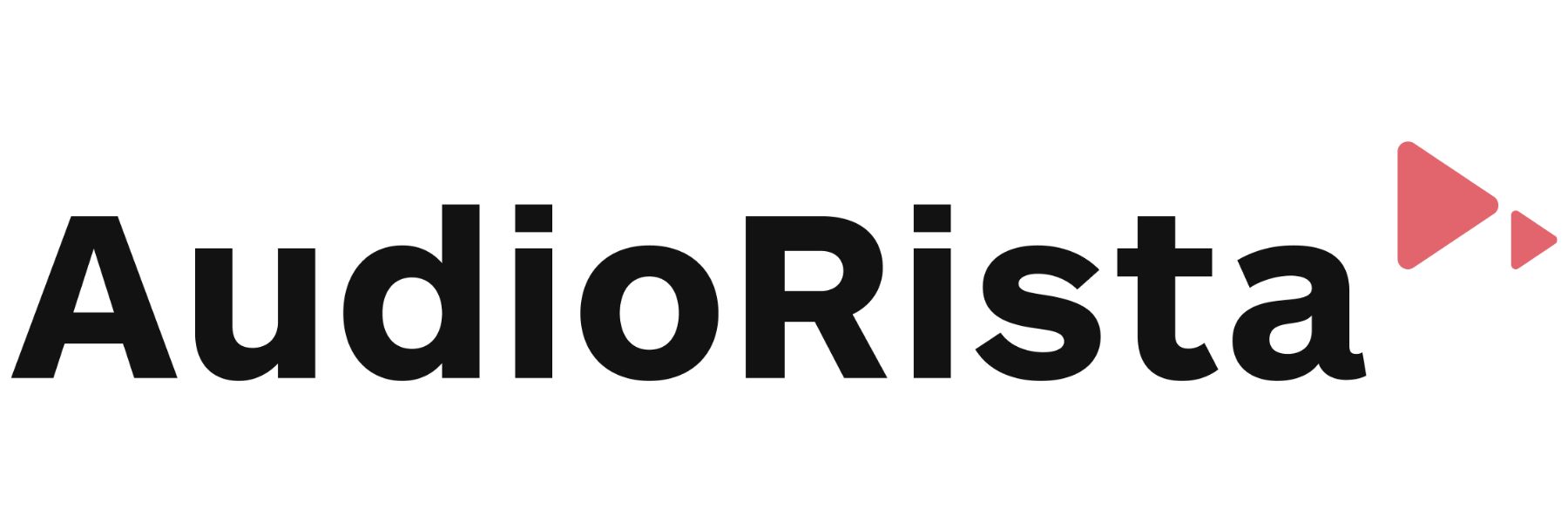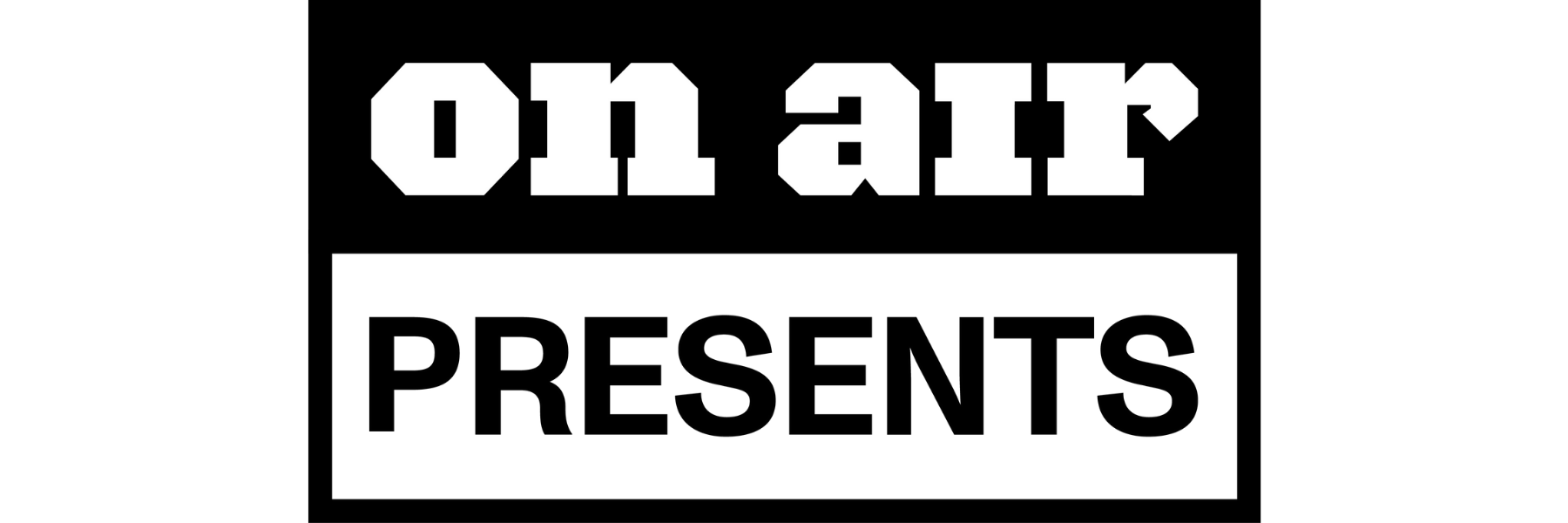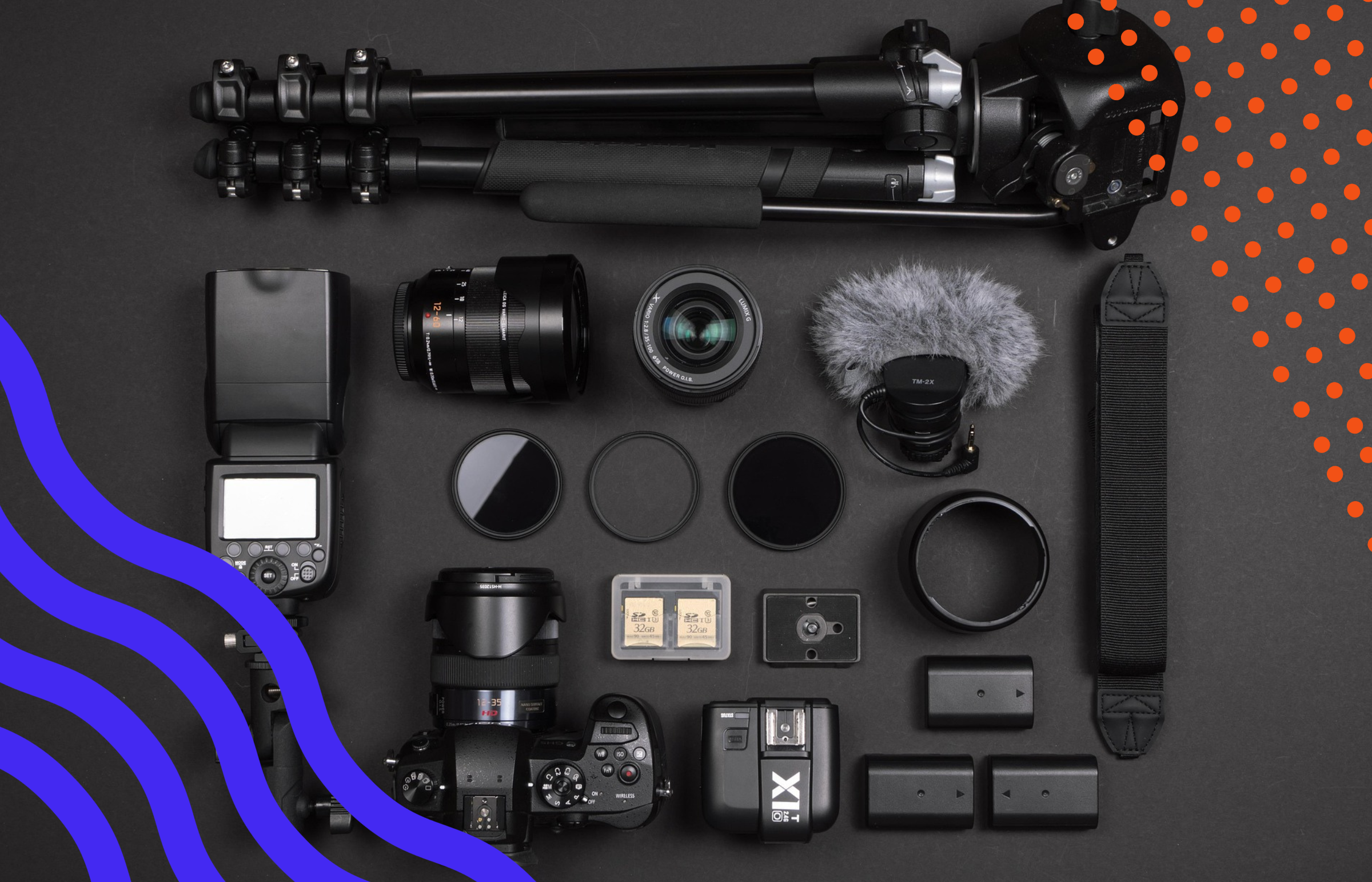This Week in the Business of Podcasting
It’s almost that time again! We look forward to seeing all of you in sunny Washington, D.C. for Podcast Movement. If you’re partaking, swing by the Sounds Profitable Business Leader’s Lounge to say hi. I’ll be the one hovering near a laptop, pecking at the day’s issue of The Download. Until then, let’s get into this week’s news.

Transparency. Performance. Automation.
The Danger of Rising PodLoad
Oxford Road has published a new report looking at the impact of increasing ad load on podcasts. Historically, podcasting has gone for quality over quantity, sporting a significantly lower ad load than traditional mediums like television or radio. Oxford Road and Podscribe collaborated over H1 to observe 164 advertisers across over 1,300 shows, tracking impressions compared to percentage of ad load. A quote from the report:
“With regard to the ad load specifically (defined here as the percentage of minutes in the show allocated to advertising) data from Podscribe shows a 39% increase between the first half of 2021 and the first half of 2024.* Today the top 50 shows based on the Apple Podcast Ranker have an average ad load of 10.2% Some shows reach 25% or more, in line with commercial radio and TV.”
To clarify: the footnote asterisk clarifies that statistic applies to shows with an average of 20,000 downloads per episode or higher.
The study found a 10% decline in response (plus a 12% cost-per-purchase increase) when going from podcast episodes with a 6% ad load, to a 10% load. The suggested sweet spot is two minutes of midroll ad per hour of podcast, plus sixty second pre-roll and post-roll spots (ideally endorsed or introduced by the host).
AI-Powered Wondercraft to Produce Audio Ads in Multiple Languages
AI creative audio studio Wondercraft, in partnership with global audio advertising marketplace Audacia Audio, is further expand their presence in the Asia-Pacific (APAC) market. Since February the two companies have worked together to create and translate audio advertisements from English into multiple languages, citing one instance of turning an English audio ad into Italian, Mandarin, and Vietnamese. A process that was shortened from three weeks to three days without a tradeoff in quality. A quote from Kym Treasure, co-founder if Audacia Audio (formerly of Spotify):
“The technology has enabled us to create a quantity and quality of audio ads for clients we could not have come close to otherwise, so our clients can focus their energy and budgets on marketing and monetisation. Our clients have been excited and receptive to the power of this new technology to drive fast audio ad production and iteration for multiple international markets and customer segments.”
Partnerships like this streamline the process of translating and transplanting podcast content on a global scale, further enabling the industry to grow in new markets.
GARM’s Gone, Ads Likely Won’t Flock to X
Last Friday from By Seb Joseph and Krystal Scanlon at Digiday: The Global Alliance of Responsible Media, a volunteer committee that set advertising industry standards for brand-safe content, dissolved last week. The decision was made in light of an antitrust lawsuit filed by Elon Musk’s social media platform X. Said suit, which has been described as an example of a SLAPP suit, has backfired as Musk’s platform has become even more of an advertising persona non grata. As The Media Leader reports, suing GARM has made X even less enticing of a platform to run ads on for many companies. A quote from Ruben Schreurs, chief strategy officer at media and marketing consultancy Ebiquity.
“No serious brand advertiser in their right mind will return to advertising on X under its current leadership.”
Since the dissolution of GARM, X finds itself in more hot water with brands as The Verge reports the rollout of image generation capabilities. While testing Grok’s image generator, The Verge found the AI chatbot easily generated images that circumvented all three of the guidelines it provides as examples of things it will not generate. Up to and including risque lingerie photos of Taylor Swift and images of a brand-accurate Mickey Mouse smoking a cigarette while dressed as Donald Trump.
Moving Podcasting into the Fourth Estate
This Wednesday from Tom Webster at Sounds Profitable: An unfortunate truth of modern media is that most journalism takes place behind paywalls. Without a nationally-funded media apparatus (such as the UK’s BBC, funded with television license fees), a net-new subscription-funded news program can be prohibitively expensive to start. A quote from Webster’s Article
“The news is expensive. But guess who doesn’t have to maintain towers or printing presses? That’s right, podcasters. Podcasting has an obvious operational efficiency here, and I have spoken before about my dream of being able to hop into a car, push a button, and get exactly the news, traffic, and weather relevant to me exactly when I want and need it. But none of that happens without money, and direct support alone won’t cut it. We need brands to fund the news.”
Webster points to the top 15 spenders in podcast advertising on Magellan AI’s tracker. When looking at the top genres invested by the 15 companies, there’s a lot of comedy, a lot of sports, two instances of True Crime, and no news. A concerning dropoff, as audiences want news content.

To illustrate that desire, Webster teases the upcoming 2024 update for The Podcast Landscape study, which surveyed over 5,000 Americans aged 18+. News is second place for most-consumed podcast genre by monthly podcast listeners. Both News and True Crime rank in the top five, paradoxically when compared to the amount of times Webster has heard brands are worried about advertising against those genres for fear of upsetting audiences. A quote from Webster:
“The public is smarter than that – we learned in our 2022 study, Safe and Sound, that people self-select for the content they consume. If you make the choice to listen to True Crime or News, you aren’t going to be shocked if you hear a story about murder. It’s why you are listening in the first place. And it makes little sense to me that these podcasts get pushback from brands when we have insurance and pharma commercials all over the evening TV news or laundry detergent ads on Law & Order.”
There is no one magic solution to making journalism profitable in the podcasting space outside of paywalling it away from public access, but the demand is there. Audiences want news content. Brands can safely run their ads on it. There’s room to grow.
New Apple Feature to Mute Browser Elements (Temporarily)
Last Friday, from AdAge’s Asa Hiken: Apple has a new feature on the testing branch of iOS, dubbed Distraction Control. The feature gives users the ability to temporarily hide invasive/obstructive elements on the internet. A quote from the article:
“Importantly, the erasure is not considered ad blocking because it is temporary. As Dan Barbera of Mac Rumors demonstrated, the erased elements can reappear when a website refreshes, and devices do not remember which items were hidden.”
Fittingly, the Mac Rumors demonstration uses a recipe website as an example, as they’re a popular example of online content that has gotten more and more difficult to access as multiple layers of advertisements crowd browser screens. Podcasting, by nature, is future-proofed against such tools as advertising breaks are, generally, built into natural breaks in content and cannot be overlapped in the same way some platforms present digital ads.
Quick Hits
While they may not be top story material, the articles below from this week are definitely worth your time:
- Apple’s requirements are about to hit creators and fans on Patreon. Here’s what you need to know by Jack Conte. The Patreon CEO explains how all net-new Patreon membership signups within iOS, starting in November, will incur a 30% fee for Apple that either the member will have to pay, or the artist being supported will have to pay out of the pledge.
- Audacia Audio eyes Wondercraft AI to produce audio ads in multiple languages for APAC. The AI-powered platform aims to leverage the partnership to produce audio ads on an international scale.
- The Podscribe Performance Benchmark, Q2 2024. The benchmark report tracks podcast advertising campaigns across this last quarter.
- Chartable Download Analytics Dashboard Down According to multiple sources, the Chartable dashboard for prefix download statistics has been down since Monday, with support claiming it’ll be fixed shortly for multiple days.
- SAG-AFTRA Strikes Groundbreaking AI Digital Voice Replica Pact With Startup Firm Narrativ by Cynthia Littleton. The deal with Narrativ allows actors who wish to have an AI voice clone available to set fee rates and approve ad copy before the ad is generated.
- Audio Platforms Generate Nearly The Same Attentiveness As TV by Pierre Bouvard. In particular, podcasting scores just below TV, ahead of every other audio format, on Adelaide’s attentiveness unit scale.












